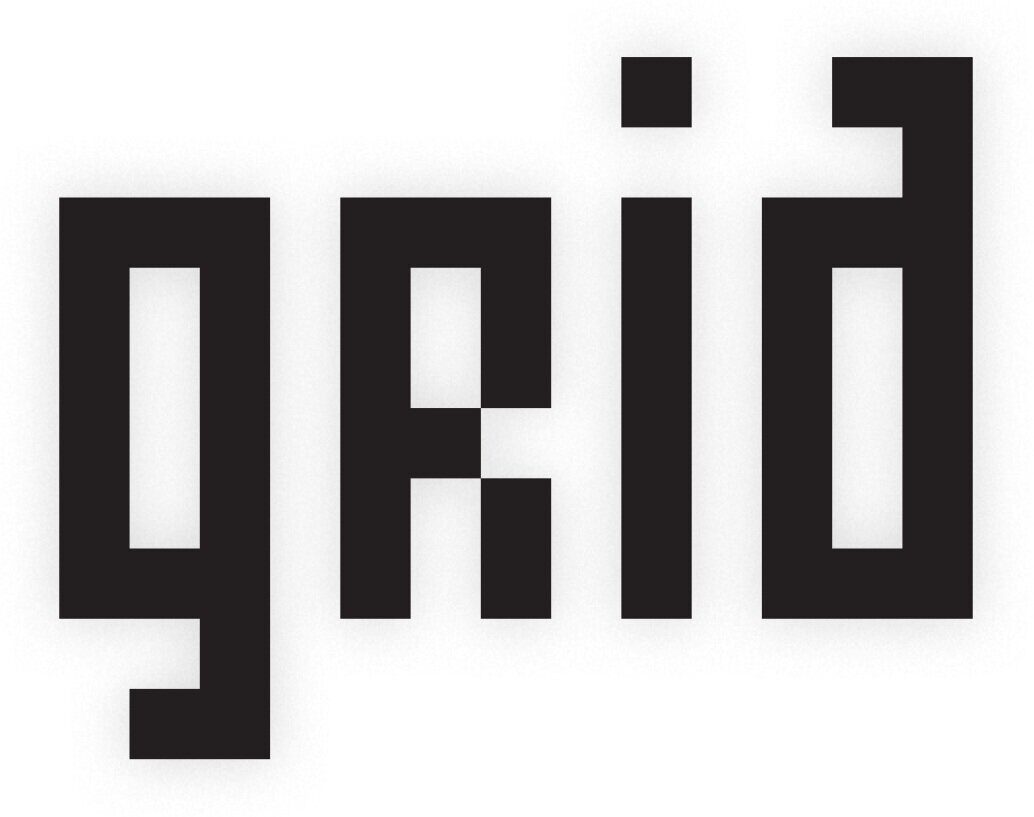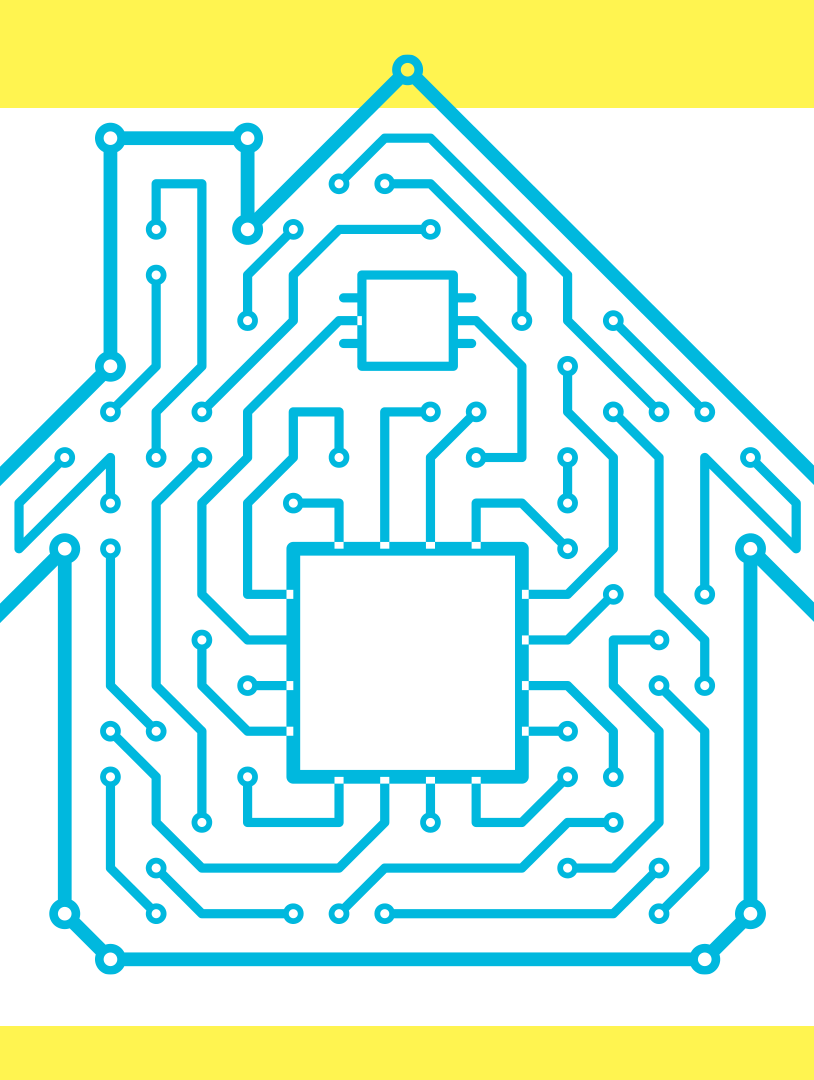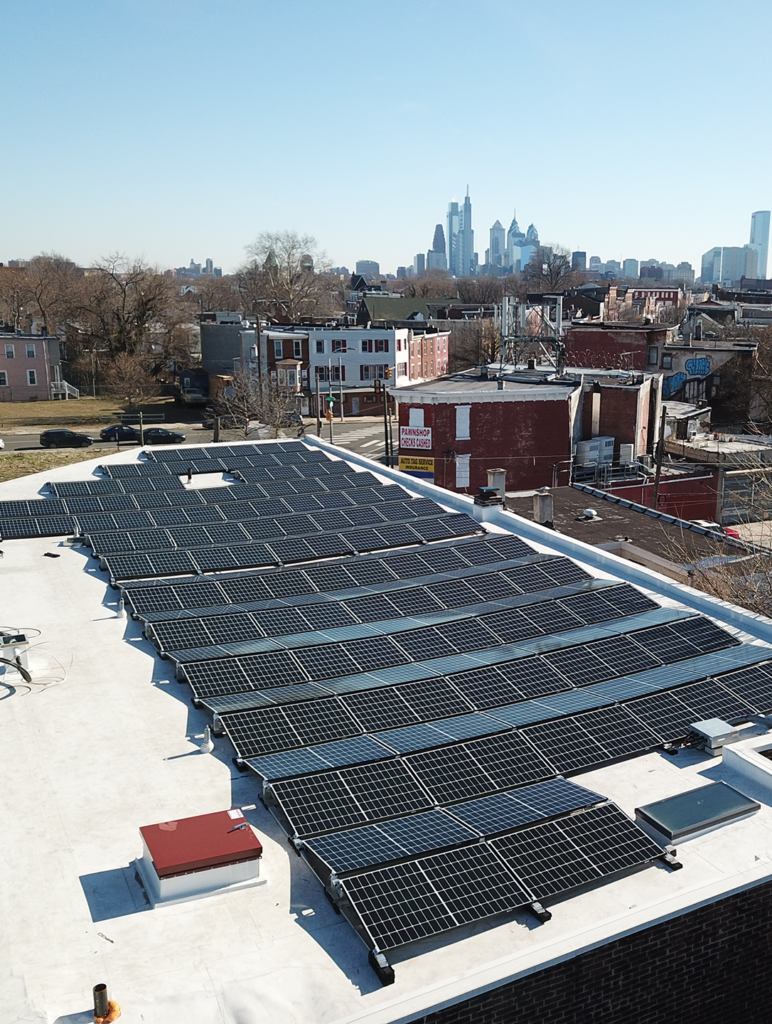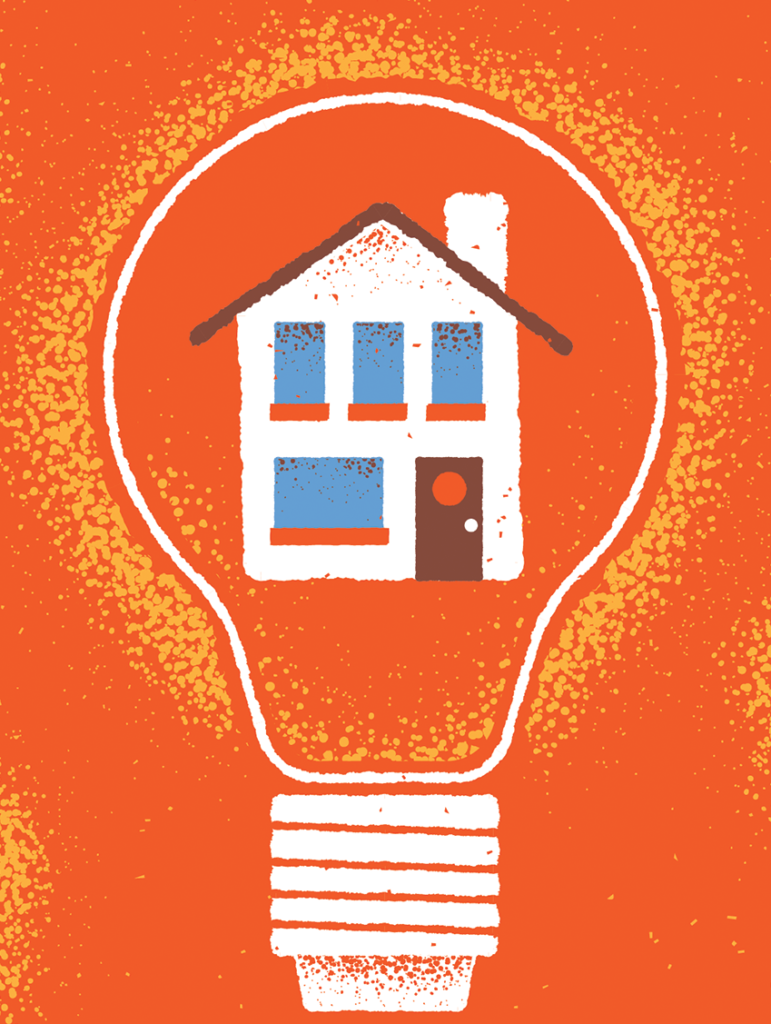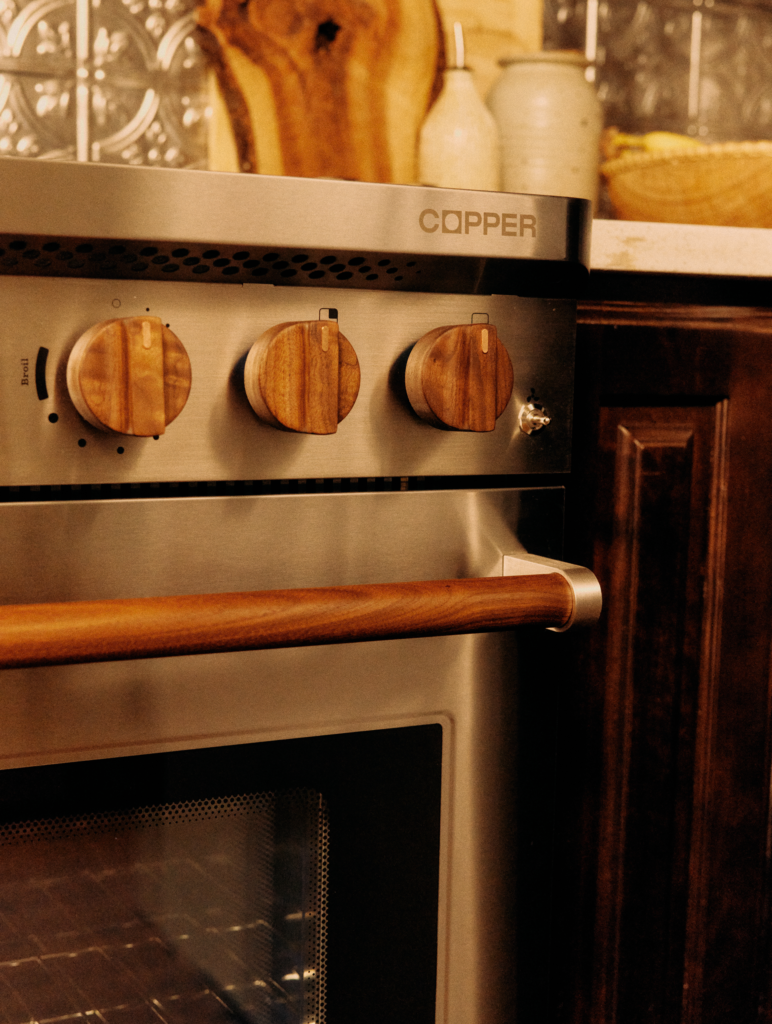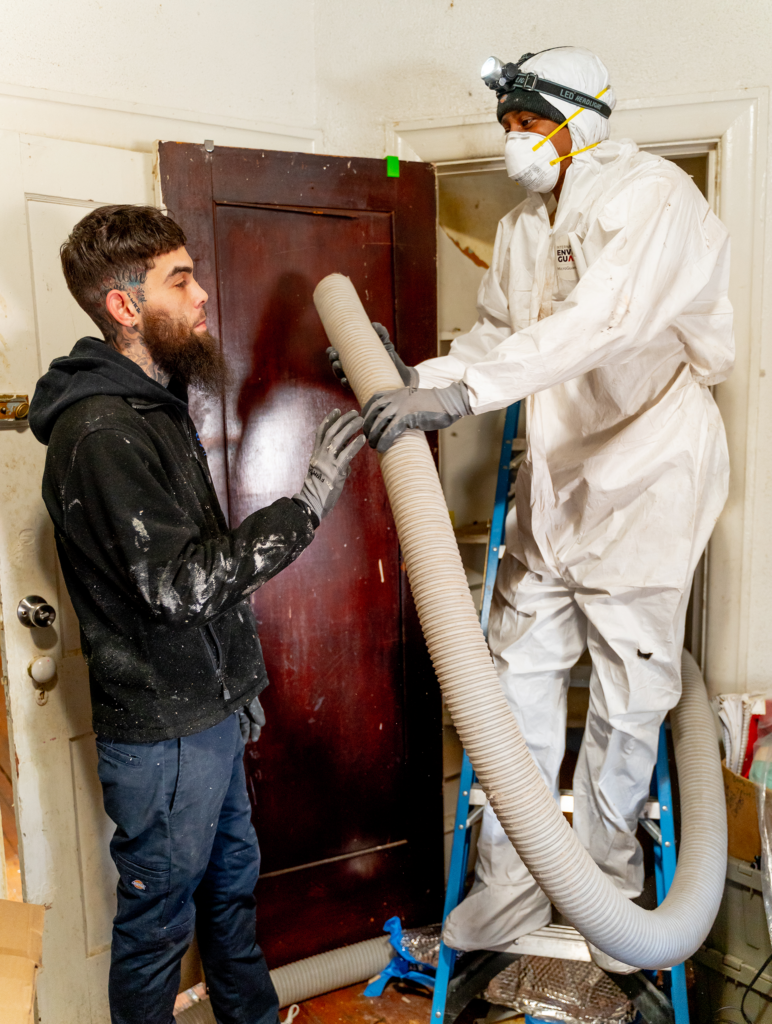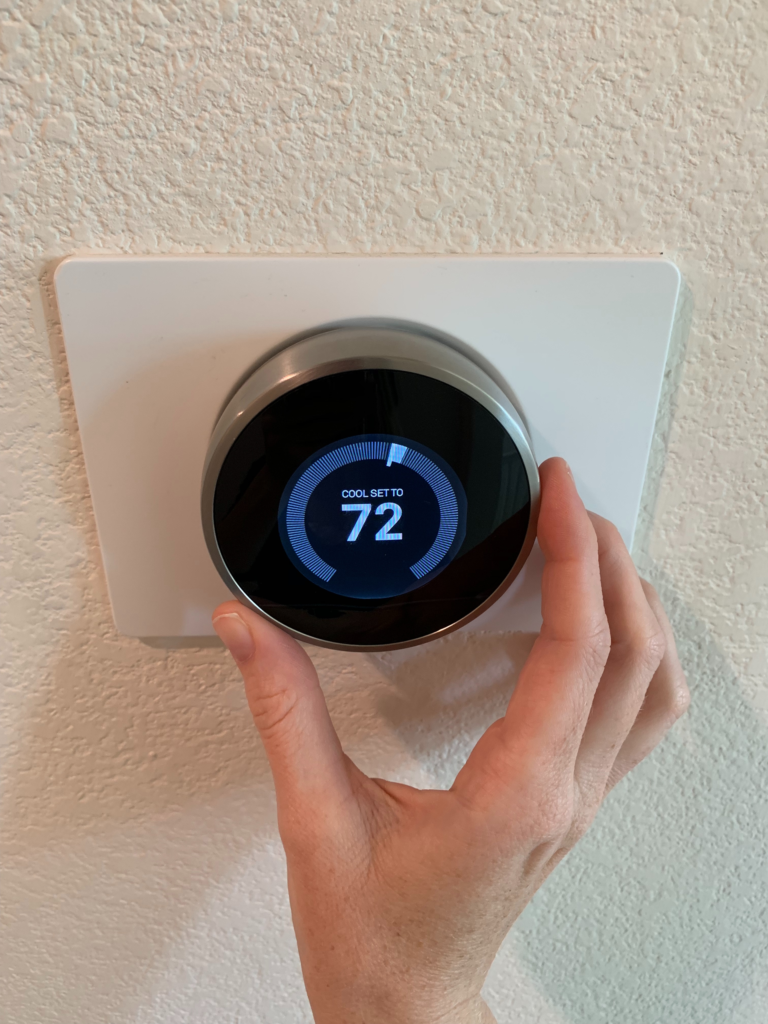1. Make a plan!
Experts say that before homeowners start installing new electric appliances, they should evaluate some fundamentals. First, is their house properly weatherized? And second, is their electrical system properly wired?
After all, even an industry professional like Cora Wyent, the senior director of research at electrification nonprofit Rewiring America, can make mistakes. As Wyent began installing electric appliances in her California home over the past few years, contractors had to perform costly wiring work each time when, with a little planning, it could have been done all in one go.
“My electrical panel is actually embedded in a stucco wall in my house,” Wyent says. “So they had to break open the stucco to get into the crawl space. They closed it up, and a year later had to break it open again. It was a pain, and we could have saved money.”
2. Insulate and seal first
Perhaps the least glamorous part of the energy puzzle is getting your home insulated and sealed. Properly weatherizing your home can reduce energy use by as much as 20% without touching a single part of your electrical system, according to the U.S. Department of Energy.
“Philadelphia’s housing stock is particularly old, meaning many homes may be poorly insulated and leak air through gaps and cracks in the building’s envelope,” the Philadelphia Office of Sustainability (OOS) tells Grid. “So it is important to look into weatherizing your home before making investments in efficient electric appliances and HVAC systems.”
Discovering where you’re leaking the most indoor air, knowing which kind of insulation to install and where, and making sure you don’t end up causing problems like mold can all require professional expertise and testing. For these reasons, both OOS and Rewiring America recommend that homeowners consult with a weatherization professional before proceeding with any projects. In some cases, it can pay dividends at later stages of the electrification journey: when a home is properly insulated, a smaller, less expensive HVAC system may suffice to get the heating/cooling job done.
3. Can your electrical system handle it?
If you are changing how you are powering your house from gas to electric, you may need to upgrade your panel, which you may know as the circuit breaker. Panels in some homes, especially older ones, only provide 100 amps of service, which is a measurement of the total amount of energy they can distribute throughout the house. Many homeowners seeking to electrify their homes upgrade to a 200-amp panel, which is already the standard in newer homes. That ensures your home will have enough capacity to run multiple heavy-duty electric appliances at once. This upgrade typically costs about $1,000 to $3,000.
4. Can your wiring deliver the juice?
Installing new appliances can also require expensive wiring upgrades. Typically, larger electric appliances like heat pumps, electric ovens and dryers will need a 240-volt outlet, double the capacity of a standard wall outlet. An electrician will typically charge a few hundred dollars to install a 240-volt wire and outlet if one isn’t already available at the site of the appliance.
But, Wyent says, some homeowners might be able to avoid both expenses and, with the right appliances, rely upon using their existing 100-amp service and wiring. There are induction stoves and heat pump hot water heaters that plug into standard outlets and thus don’t draw as much power. And someone purchasing an electric car who commutes less than 30 miles a day can also likely just recharge at home using a standard extension cord and wall outlet.
5. Where to begin
Wyent recommends using Rewiring America’s Personal Electrification Planner, a free online tool on their website that enables users to enter details about their home and personal preferences and receive a step-by-step guide, complete with cost estimates and further advice.
Federal tax credits
The IRS currently offers 25C tax credits for home wiring and weatherization projects, with a cap of $3,200 annually. This includes:
- up to $150 for a home energy audit
- up to $1,200 for insulation and air sealing
- up to $500 for new, qualified exterior doors
- up to $600 for new, qualified windows and skylights
- up to $600 for electric upgrades like a new panel or circuit, although it must be connected to the installation of a qualified electric appliance
PECO visits your home and evaluates ways for you to save money, even providing powerstrips and lightbulbs
Rebates
PGW offers rebates for home insulation and air-sealing calculated by the square foot through the EnergySense program.
Additional help
The Philadelphia Office of Sustainability highlights the following state and local incentives:
- Philadelphia operates a Basic Systems Repair Program that enables eligible homeowners to receive free emergency home repairs for damages that may lead to spikes in their energy bills, such as roof leaks, structural repairs to exterior walls or faulty electrical conditions.
- The City also administers Neighborhood Energy Centers, where residents can find more resources to help with bill affordability, weatherization and emergency repairs.
- The Pennsylvania Department of Community & Economic Development operates a federally-funded program to help income-qualified residents weatherize their homes. Individuals at or below 200% of the federal poverty level can qualify for a free home energy audit and improvements to weatherize their home and improve energy efficiency, with an average expenditure of more than $7,000.


